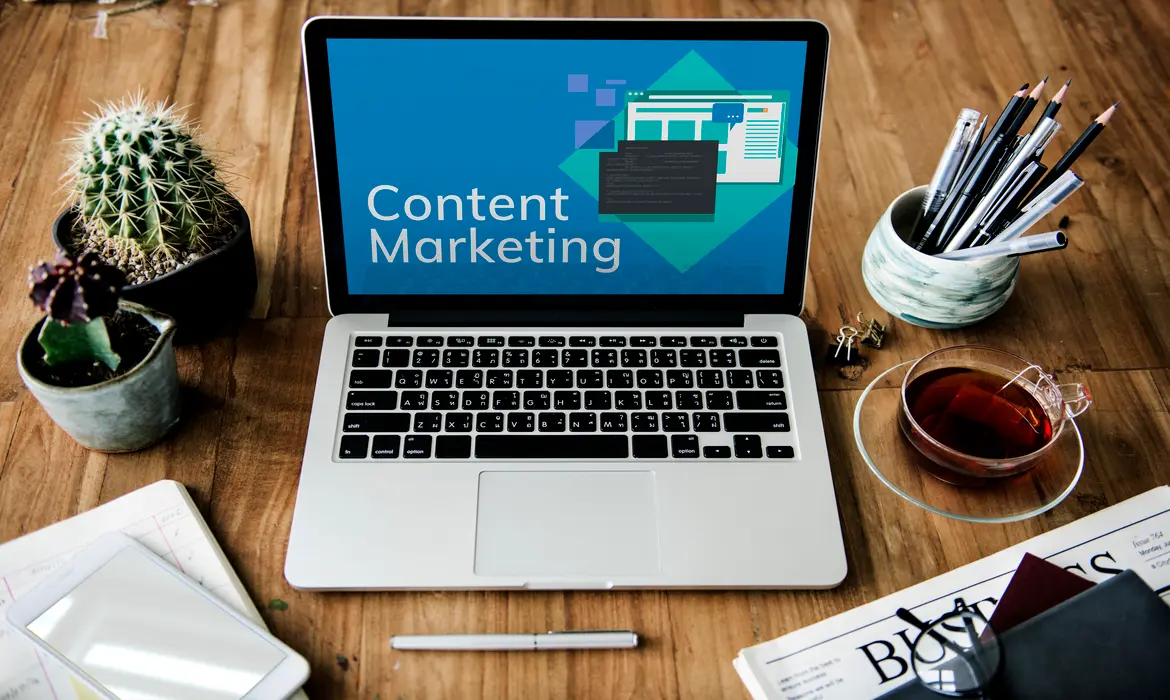Content That Converts — Driving Sales Through SEO-First Content Marketing
In today’s crowded digital space, content that merely ranks isn’t enough — it needs to convert. Whether you’re an e-commerce brand, SaaS company, or local service provider, your content should do more than just show up on Google — it should guide users to take meaningful action.
In this blog, we explore the power of SEO-first content marketing, walk through a proven strategy that transforms traffic into revenue, and spotlight a real-world success story from the home goods industry.
Why Content is Still King — and Smarter Than Ever
“Content is king” isn’t just a cliché — it’s a strategy. But in 2025, smart content wears the crown. It’s no longer about pumping out keyword-stuffed articles or churning blogs for the sake of volume.
Instead, high-performing content is:
Intent-focused: Written with clear awareness of what users want at different stages of their journey.
Solution-oriented: It educates, solves problems, and provides real value — not just search engine fodder.
Built to build trust: Authenticity, clarity, and helpfulness are what move readers to buyers.

The Modern Content Marketing Playbook
A winning content marketing strategy doesn’t start with writing — it starts with research and purpose.
Here’s a breakdown of an SEO-first content workflow:
1) Keyword Research with User Intent Mapping
Modern keyword research isn’t just about volume — it’s about understanding why someone is searching. Every keyword is tied to a stage of the buyer’s journey:
Informational intent: “How to pick the right mattress”
Navigational intent: “Best mattress brands”
Transactional intent: “Buy memory foam mattress online”
By aligning content with each intent, brands can meet users at the right moment.
2) Content Type Selection Based on Conversion Goals
Different goals require different content formats:
| Goal | Content Type |
|---|---|
| Build awareness | Educational blogs, infographics |
| Build trust | Case studies, comparison guides |
| Drive sales | Product pages, buying guides |
| Retain customers | How-to videos, onboarding content |
3) SEO Optimization
Content is built around target keywords — but also optimized for:
On-page elements: titles, headers, meta descriptions
Page speed and UX: especially for mobile users
Internal linking: to guide navigation and boost page authority
4) Conversion-Centered Design
Calls to action (CTAs), trust signals, visuals, and UX all work together to move a user from reader to customer. Great content is supported by great structure.
5) Performance Tracking and Iteration
Once published, content is never done. Using tools like Google Analytics, Search Console, and heatmaps, top-performing pages are refined to boost results over time.

Case Study: RetailX — Boosting Sales Through SEO-Focused Content
Industry: E-commerce (Home Goods)
Goal: Improve organic sales by strengthening authority in a crowded space.
The Problem:
RetailX had decent traffic, but most visitors didn’t convert. Their product pages were thin, and blogs weren’t targeting relevant user queries. They needed a strategy that bridged search visibility with buying intent.
The Approach:
Audit & Opportunity Mapping
Analyzed existing content for keyword gaps and performance.
Identified high-volume, low-competition long-tail keywords.
Reviewed competitor content to understand positioning.
Content Strategy
Rewrote product descriptions to focus on benefits + SEO keywords.
Published long-form buying guides answering key customer questions.
Created topic clusters for categories like “bedroom furniture” and “ergonomic chairs.”
Optimization
Enhanced site structure for easier crawling.
Added mobile-friendly visuals and CTA buttons on key pages.
Implemented schema markup for FAQs and reviews.
The Results:
45% increase in online sales
Significant boost in long-tail keyword rankings
Improved conversion rate across top categories
More time spent on content-driven pages and lower bounce rates
RetailX didn’t just rank higher — it sold more, thanks to content designed for discovery and conversion.
Q&A Section
Q1: Is long-form content always better?
A: Not necessarily. Long-form works well for educational topics, but product pages and how-to guides may convert better when they’re concise and actionable.
Q2: What is SEO-first content?
A: Content designed with SEO strategy in mind from the start — incorporating keyword research, search intent, and technical optimization.
Q3: How soon can I expect results?
A: You’ll often see initial improvements within 2–3 months, with stronger ROI over 6–12 months as content matures.
Q4: Do visuals help content marketing?
A: Absolutely. Infographics, product visuals, and video elements improve engagement and shareability, boosting SEO and conversions.
Q5: Should I focus on new content or updating old content?
A: Both. Updating underperforming content can give quick SEO wins, while new content fills strategic gaps.

Final Thoughts
In the current SEO landscape, the content that ranks must also earn trust, create clarity, and inspire action. SEO-first content marketing is not just about pleasing algorithms — it’s about serving real people with real intent.
From carefully selected keywords to user-centered design, businesses that create value through content will not only attract traffic, but turn visitors into loyal customers.

